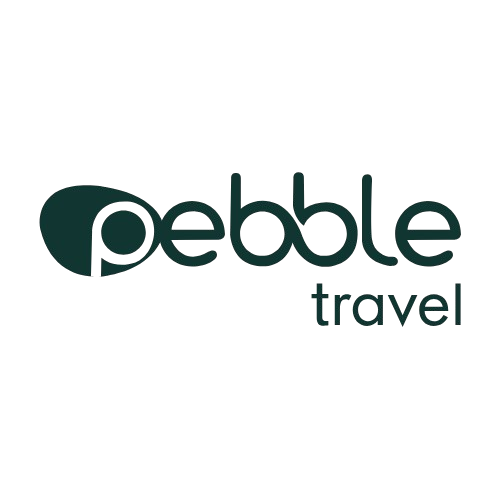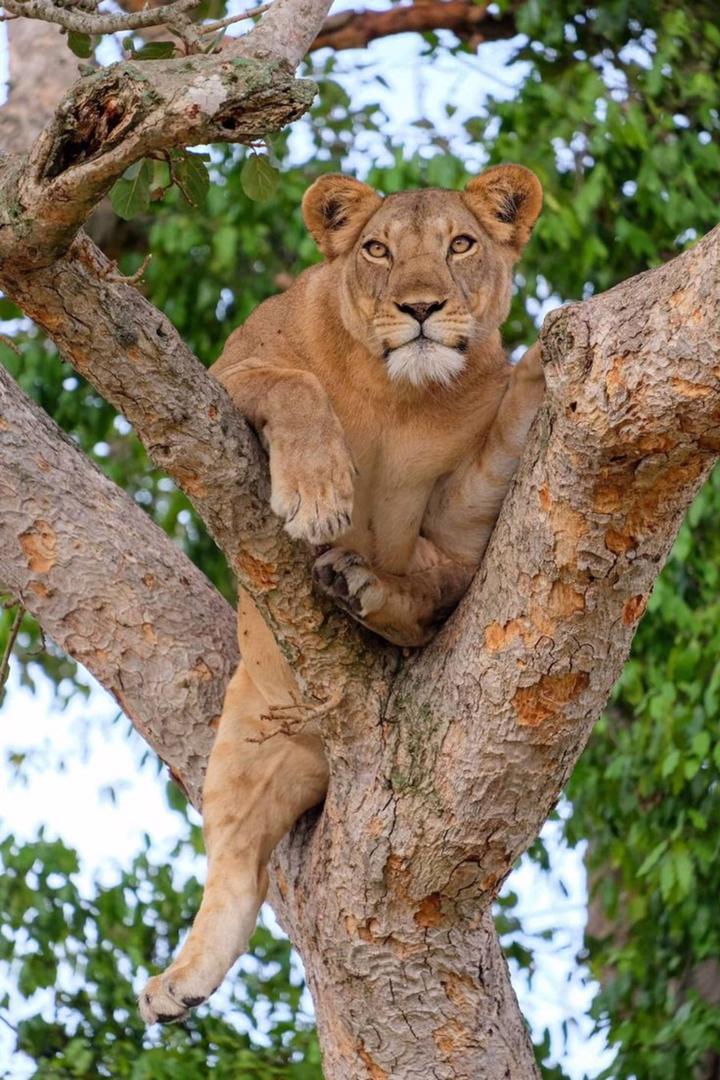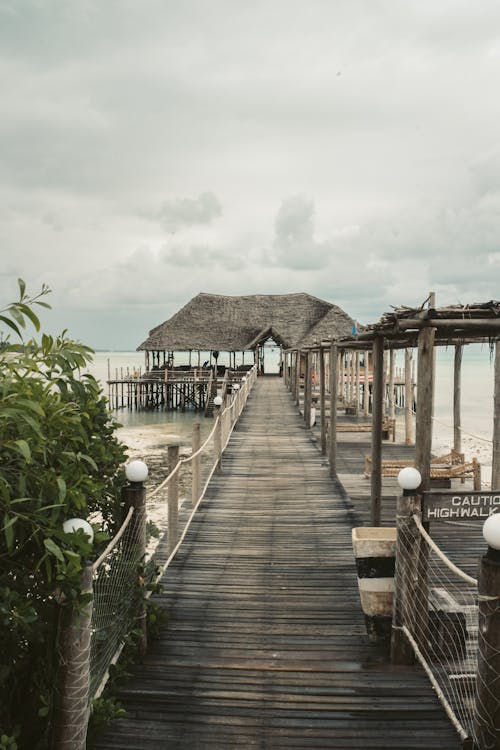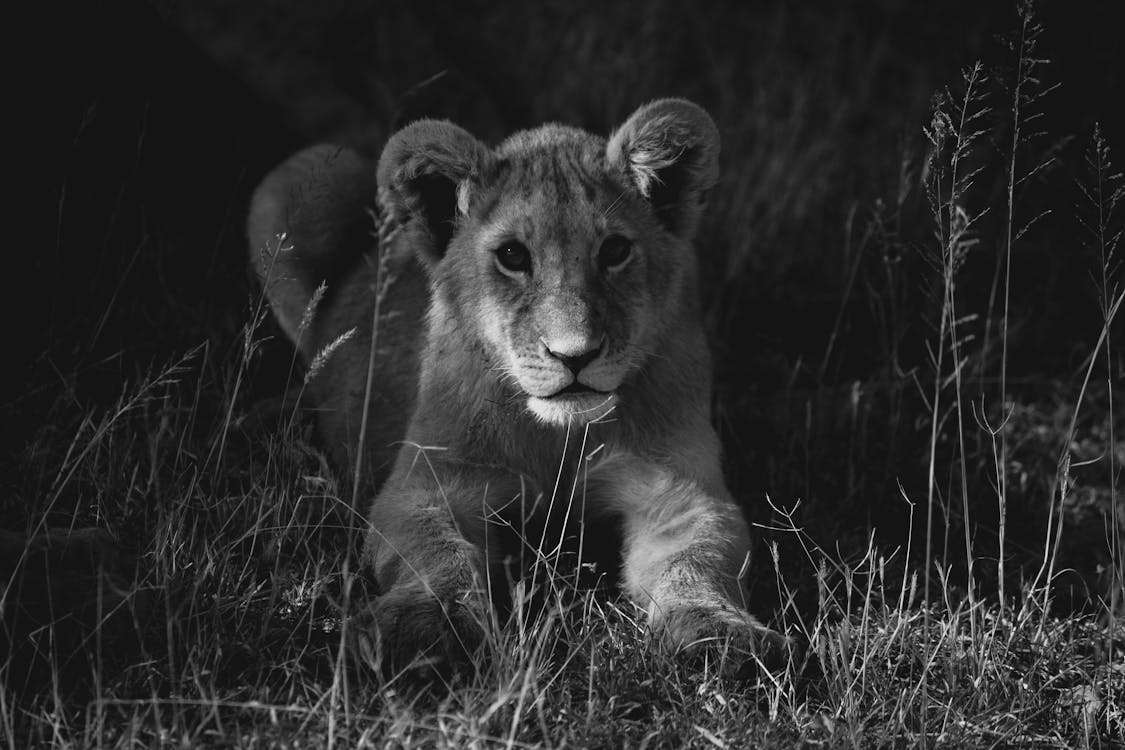
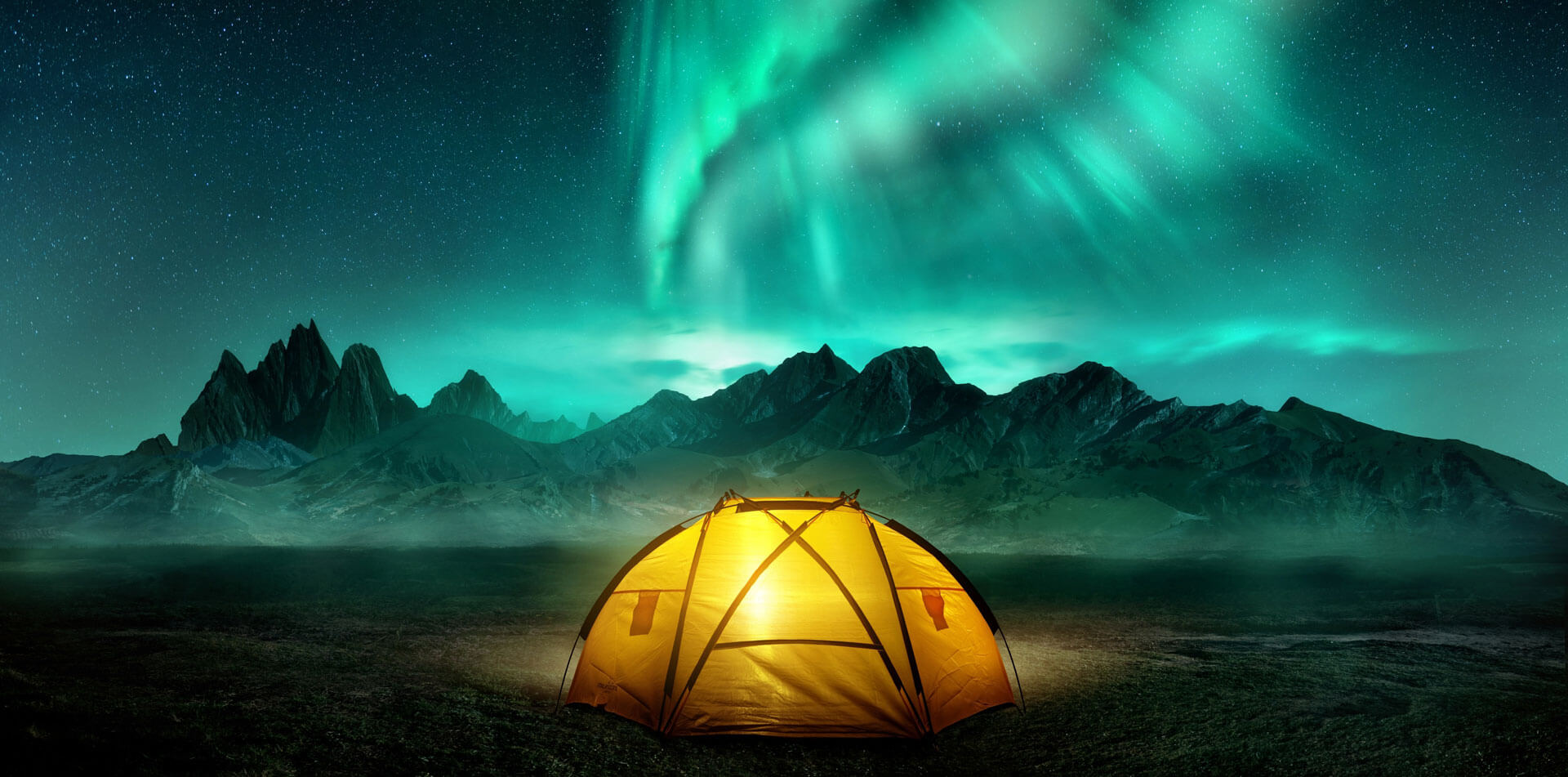
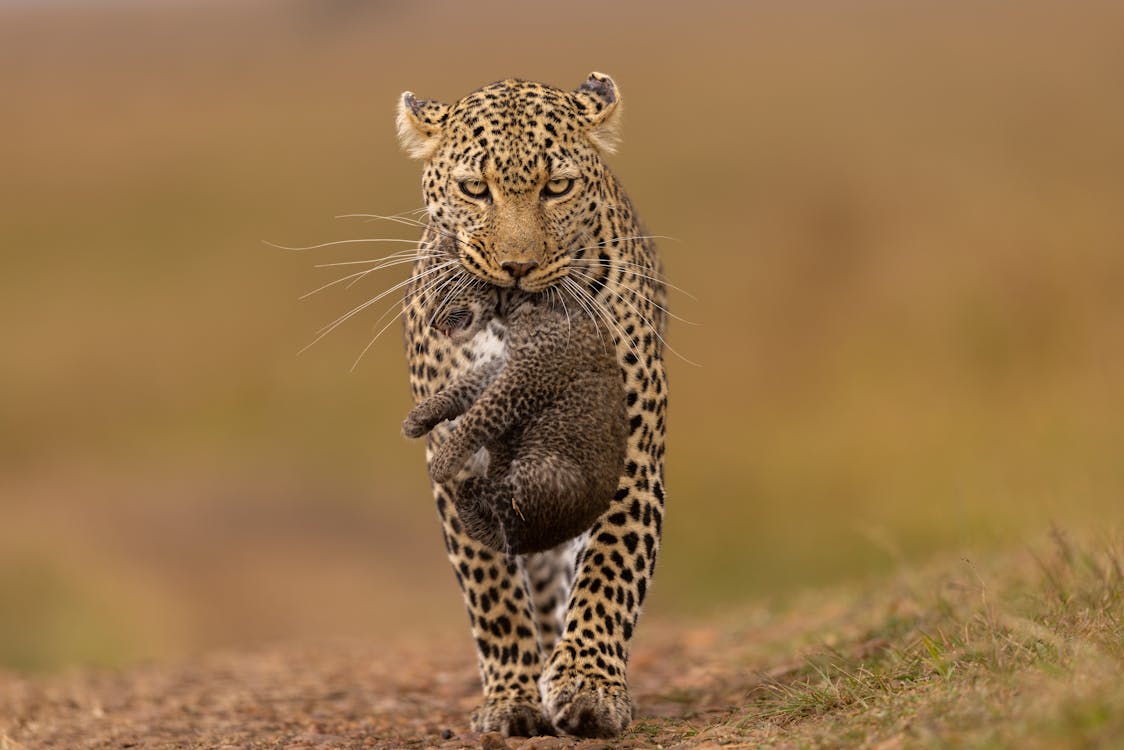
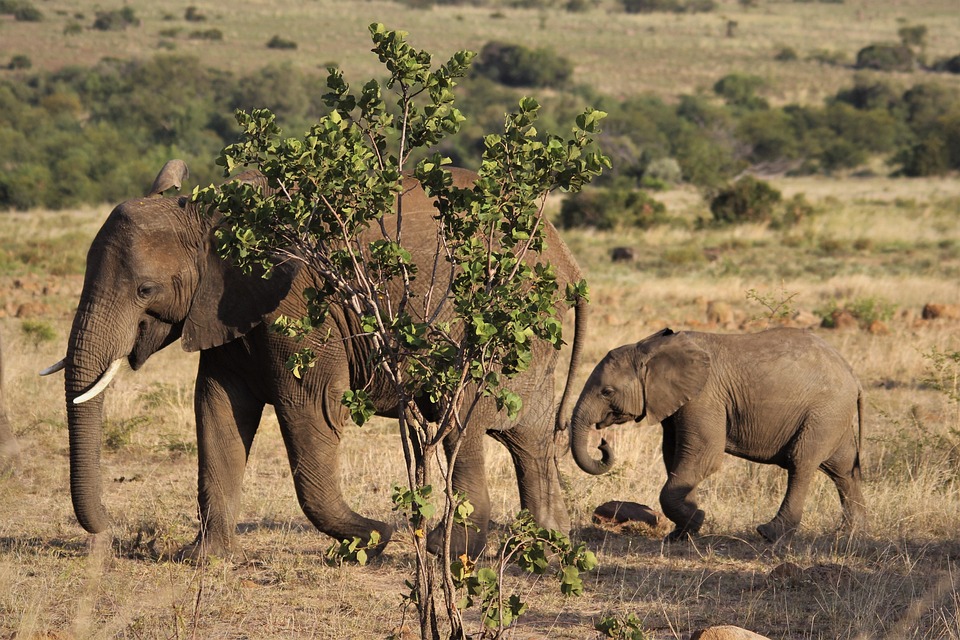
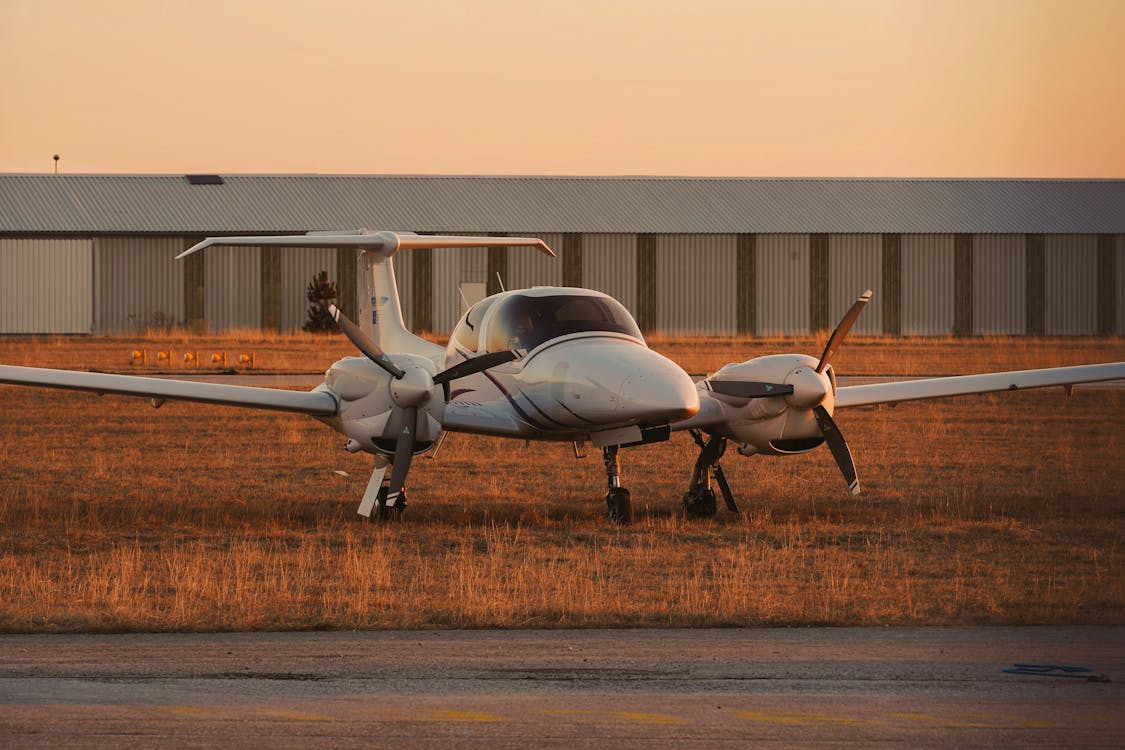
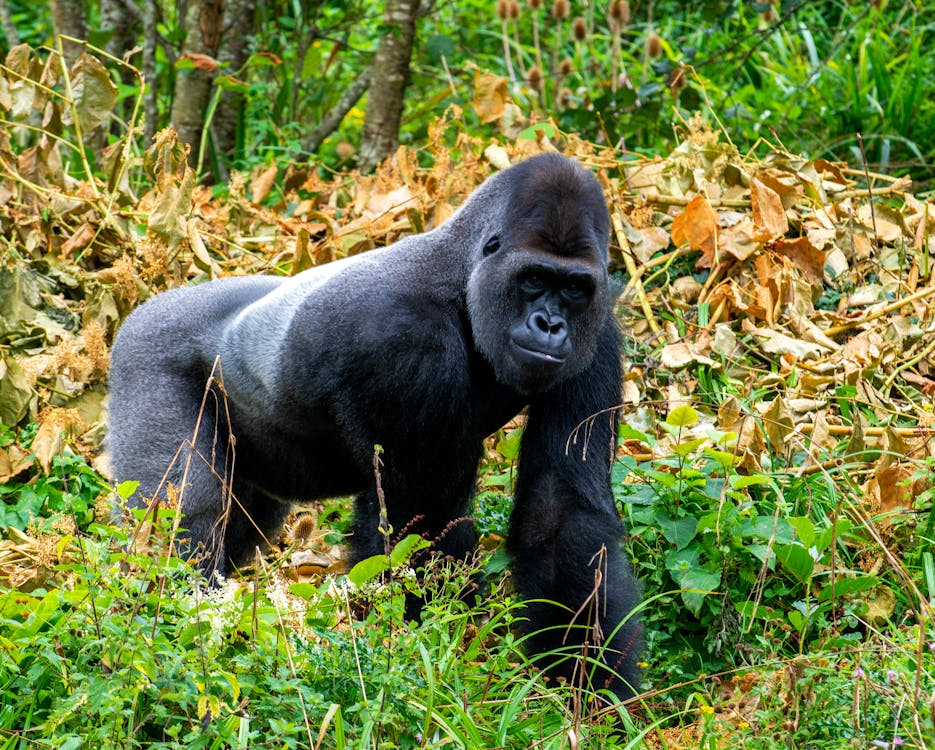
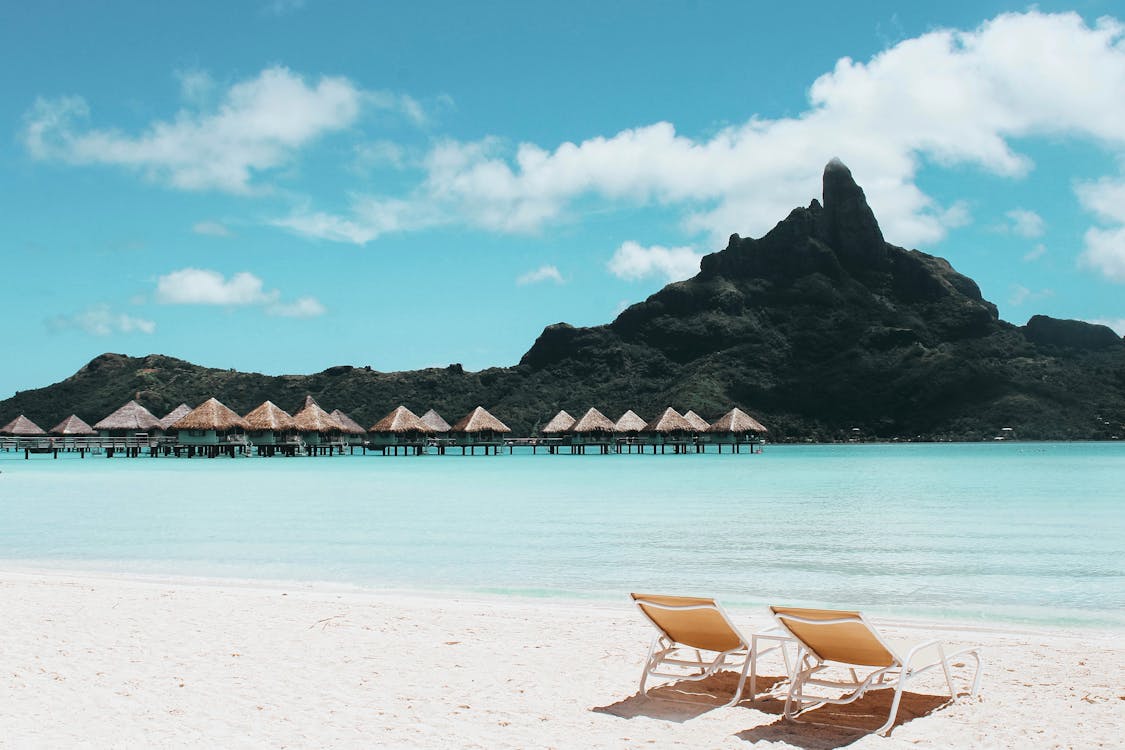
Welcome to Pebble Travel







Curated Luxury Experiences
Explore the world
Best Destinations
Beaches
Safaris
Cycling
Boating
Hiking
Pebble Travel bridges hearts and landscapes, sharing Africa's magic with every inspired traveler.
Luxury Safaris
Outbound Travel
Incentive Travel
Conferences
Reviews from Happy Travelers
 Truly creating memories - Pebble is part of our family vacation plan.Caro curated our first family vacation in 2021, and since then, the memories created from the first family vacation to Mombasa have become... read more the foundation that has built a tradition for my family vacation every year. Since then, we have been on the move—Mombasa, Diani, Watamu, Kajiado, and hopefully many more to come. We have been collecting pebbles of memories through pebble tours and travel, truly creating memories.
Truly creating memories - Pebble is part of our family vacation plan.Caro curated our first family vacation in 2021, and since then, the memories created from the first family vacation to Mombasa have become... read more the foundation that has built a tradition for my family vacation every year. Since then, we have been on the move—Mombasa, Diani, Watamu, Kajiado, and hopefully many more to come. We have been collecting pebbles of memories through pebble tours and travel, truly creating memories.

 Velma A
Velma ADecember 18, 2023
 Customer Centric - Knowledgeable giving various options.
Customer Centric - Knowledgeable giving various options.
Fast responses to queries.
Did all bookings airline, transfers, hotel and, excursions. Asked what kids like.
Daily follow up to know if... read more there are any challenges encountered.
Caroline you are the best!!!!

 Falcon F
Falcon FDecember 25, 2024
 The perfect safari - We visited the Maasai mara and everything was perfect! We travelled with very comfortable land cruisers and the ride was very smooth. The Pebble Travel staff were amazing. We stayed... read more for 3 days and 2 nights and it was the perfect adventure to us! The hotel was also good, a bit of trouble with the shower but the staff were able to sort it out in no time. Thank you so much Carol for this amazing experience. 10/10. Will be booking again for sure.
The perfect safari - We visited the Maasai mara and everything was perfect! We travelled with very comfortable land cruisers and the ride was very smooth. The Pebble Travel staff were amazing. We stayed... read more for 3 days and 2 nights and it was the perfect adventure to us! The hotel was also good, a bit of trouble with the shower but the staff were able to sort it out in no time. Thank you so much Carol for this amazing experience. 10/10. Will be booking again for sure.

September 21, 2024
